Rosy Cross Unveiled: The History, Mythology and Rituals of an Occult Order
31.66 $
| Author(s) |
Christopher McIntosh |
|---|---|
| Format |
|
| Pages |
174 |
| Published Date |
1980 |
Half a century before the term ‘Rosicrucian’ came into use the sixteenth-century Provencal astrologer and soothsayer, Nostradamus, wrote:
A new sect of Philosophers shall rise,
Despising death, gold,honours and riches,
They shall be near the mountains of Germany,
They shall have abundance of others to support and follow them.
In this quatrain, written in about 1555, Nostradamus seems to have made a strikingly accurate prediction of the Rosicrucian brotherhood as described by its followers. Starting in Germany in the early part of the seventeenth century, this ‘new sect of philosophers’ shunned worldly satisfactions in favour of spiritual ones and were said to have conquered death through the elixir of life. As the last line of the quatrain foretold, Rosicrucianism gained many supporters and eventually spread all over the world and numerous off-shoots are still found today.
The word ‘Rosicrucian’ has now been in our vocabulary for a long time. Yet few words have been used in so many different senses and in such a confusing way. Rosicrucianism is sometimes referred to as being synonymous with one or other of the twentieth-century occult groups; sometimes it is invoked as a vague blanket term for anything to do with alchemy and the pursuit of Hermetic studies; sometimes it is talked about as though it were a specific doctrine like Marxism or Catholicism. To arrive at a clearer definition we must step back and look at the movement in a wider perspective.
The complex of ideas known as Rosicrucianism may be seen as a loosely-knit organism clustered around a central mythology whose chief symbol is the extremely simple yet marvellously suggestive image of a rose linked to a cross. This organism first appeared in Germany under mysterious circumstances, and Germany remained the most important centre of its development for about two centuries. Much of this study will therefore be concerned with German material.
The Rosicrucian mythology came into being as no other mythology has done. It was, so to speak, deliberately ‘launched’ with great suddenness on its strange course through history. I became intrigued by the Rosicrucian phenomenon partly because of its unique quality and partly because its origins have never been satisfactorily explained. Initially I saw it as a straightforward detective mystery, the problem being to find out who created the Rosicrucian legend and why, and, having done that, to trace its subsequent development. But as I progressed in my study of it my approach underwent a change.
Contents:
- Ancient Doctrines Rediscovered
- The Esoteric Tradition in Germany
- The TUbingen Circle
- The Aftermath of the Manifestos
- The Spread of Rosicrucianism
- The Search for the Philosophers’ Stone
- The Golden and Rosy Cross
- A Rosicrucian Monarch
- The Revival in France
- The Golden Dawn, its Antecedents and Offshoots
- The Rosicrucian Adept as Hero and Villain
- Modern Rosicrucian Movements
- Conclusion
Rosy Cross Unveiled: The History, Mythology and Rituals of an Occult Order By Christopher McIntosh pdf
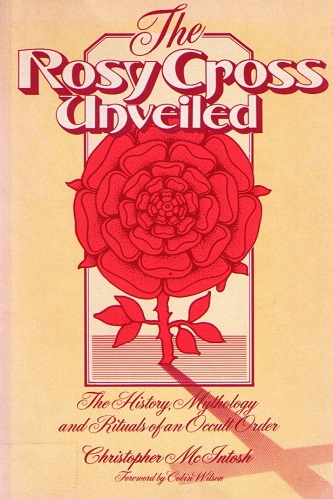
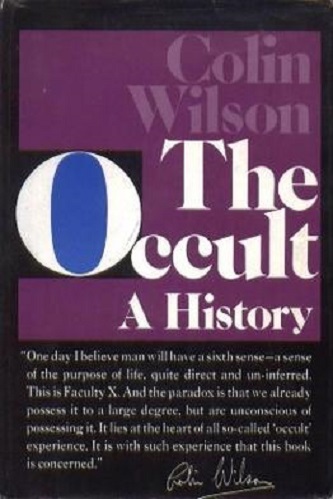
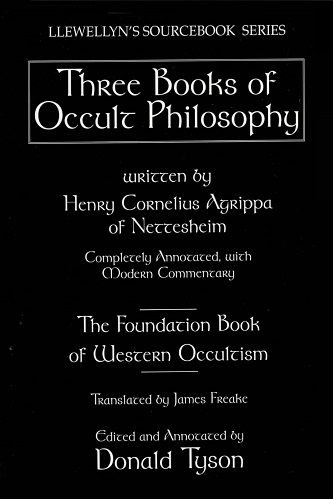
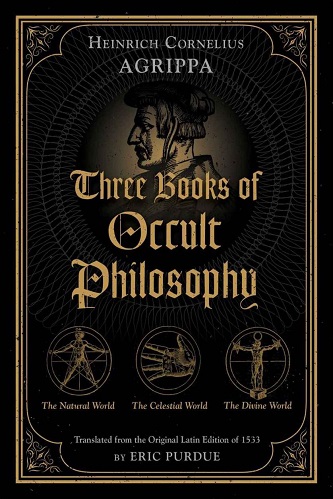
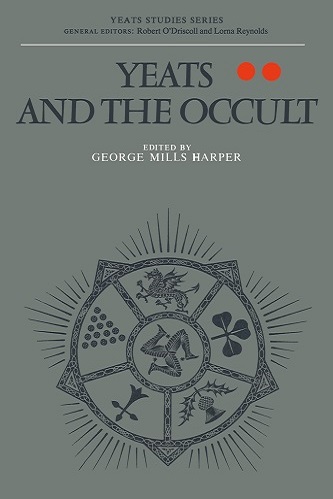
Reviews
Clear filtersThere are no reviews yet.